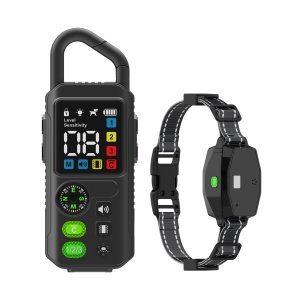The Power of Silence: Unveiling the Impact of Sonic Bark Control Collars
In a world where peace and tranquility are often disrupted by incessant barking, pet owners seek innovative solutions to maintain harmony. Enter the sonic bark control collar, a technological marvel designed to curb unruly barking in dogs. But does this seemingly miraculous device live up to its promises? Let’s delve into the realm of sonic bark control collars and uncover the truth behind their efficacy.
At first glance, sonic bark control collars appear to be the answer to every pet owner’s prayers. With the ability to emit high-pitched sounds that deter dogs from barking, these collars offer a non-invasive way to address excessive vocalization. But beneath the surface lies a myriad of questions and concerns.
One of the key debates surrounding sonic bark control collars is their impact on canine behavior. While proponents argue that these collars provide a humane alternative to traditional training methods, detractors raise concerns about the potential stress and anxiety they may cause in dogs.
Studies have shown mixed results when it comes to the efficacy of sonic bark control collars. While some research indicates a decrease in barking behavior with the use of these devices, other studies suggest that dogs may become desensitized to the ultrasonic sounds over time.
As pet owners, it is essential to weigh the pros and cons of using sonic bark control collars. While these devices may offer temporary relief from excessive barking, they should not serve as a substitute for proper training and attention to a dog’s needs.
Ultimately, the decision to use a sonic bark control collar should be made carefully, taking into consideration the well-being of the dog and the dynamics of the pet-owner relationship. While silence may be golden, it is crucial to achieve it through methods that prioritize the health and happiness of our canine companions.




